1. Philly Cheesesteak

The Philly cheesesteak is a sodium bomb wrapped in nostalgia. Between the thin-sliced beef, onions fried on a griddle slick with seasoned grease, and a slathering of Cheez Whiz or provolone, you’re looking at around 1,500 mg of sodium in one sandwich. That’s well over half the EU’s recommended daily limit in just one meal. The bread roll itself is also a stealth contributor, adding extra salt you don’t even notice.
People love the cheesesteak for its melty, messy indulgence, but the saltiness is what makes every bite so craveable. You’ll find yourself reaching for a drink halfway through — and probably again later. In a place like Philadelphia, nobody’s counting milligrams. In Brussels, however, this could be a public health scandal.
2. New England Clam Chowder
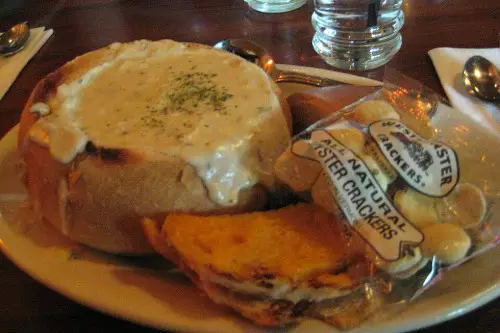
Clam chowder’s briny taste is partly from the seafood, but much of it comes from seasoning and bacon. A single bowl can hit over 1,000 mg of sodium, even before you sprinkle on extra crackers. That creamy base hides just how heavily salted the broth is. You could cut the salt, but the flavor would be unrecognizable.
The dish’s signature savoriness is deeply tied to its maritime roots. Historically, salting was a preservation method for seafood, which carried over into the recipe. Modern versions still lean on that tradition, making them taste like the sea turned up to eleven. In the EU, the health ministry might issue a gentle “mon dieu” before approving the recipe.
3. Biscuits and Sausage Gravy
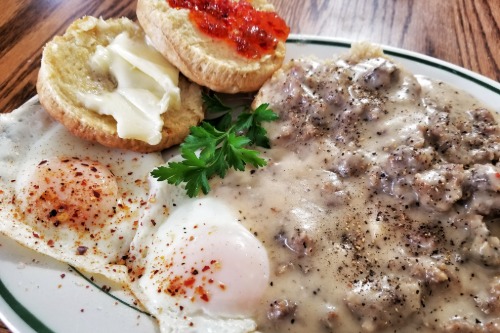
At first glance, it’s just fluffy biscuits covered in gravy — harmless, right? But that gravy is typically made with sausage drippings, salted butter, and plenty of seasoning. A breakfast plate can easily clock in at over 1,200 mg of sodium. That’s before you even consider the salt in the biscuits themselves.
It’s a comfort food that feels like a warm hug, but it’s the salty kick that hooks you. The pepper balances it, making the salt feel less obvious. If you tried to EU-regulate it, you’d be rewriting half the Southern diner menu. And trust me, you do not want to be the one to tell a Tennessee grandmother to use less salt.
4. Chicago-Style Deep Dish Pizza
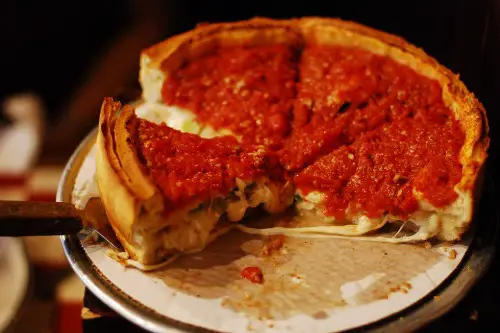
Deep dish pizza may look like lasagna’s pizza cousin, but it’s just as salty as it is cheesy. Between the cheese, sauce, and dough, a single slice can have upwards of 1,000 mg of sodium. Add pepperoni or sausage and you’ve basically maxed out the daily allowance in one meal. The salty tang of the tomato sauce only intensifies the effect.
People expect pizza to be indulgent, but deep dish takes it to structural engineering levels. The saltiness isn’t just in the toppings — it’s baked into every component. Try ordering it low-sodium and you’ll get a side-eye from your server. In parts of Europe, the nutrition label might require a warning symbol.
5. Buffalo Wings

Buffalo wings aren’t just about spice — they’re a sodium showcase. The sauce is usually a mix of hot sauce, which already has plenty of salt, and butter. Then the wings are often brined or seasoned before frying, doubling down on the salt load. An order of 10 wings can pack well over 2,000 mg of sodium.
Part of their addictive quality is that salt makes you crave more, even as your lips tingle from the heat. In the U.S., they’re a bar food staple, designed to be eaten alongside beer, which conveniently masks the thirst they cause. European regulators might raise eyebrows at the sodium-per-bite ratio. But in Buffalo, the only rule is “more sauce, please.”
6. Corned Beef Hash
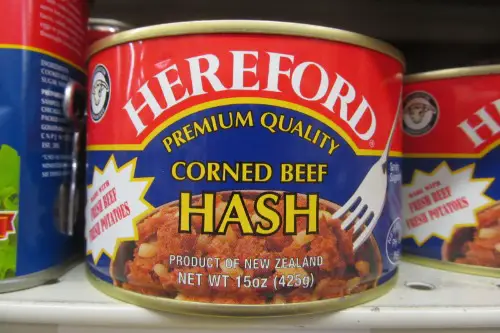
Corned beef was literally created as a way to preserve meat with salt, and it never lost that identity. A single serving of corned beef hash can hit over 1,200 mg of sodium. Even when mixed with potatoes, onions, and eggs, the saltiness dominates. Frying it in butter just gilds the already-salty lily.
It’s a breakfast dish that tastes like a throwback to an era before refrigeration. That preservation-heavy heritage is still baked into the flavor profile. Without the salt, it wouldn’t have the same bite or satisfying chew. The EU’s health officials might file it under “heritage dish — proceed with caution.”
7. Loaded Nachos
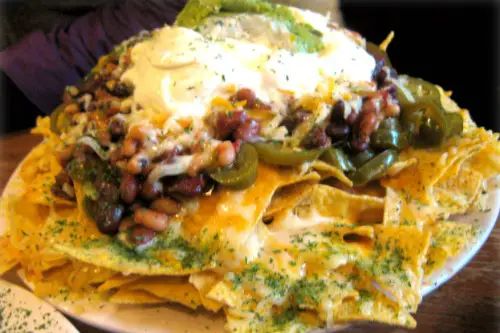
At their core, nachos are tortilla chips — already high in sodium before you add anything. Then comes the cheese, beans, seasoned meat, jalapeños, and salsa, all of which add more salt. A party-sized platter can easily push over 3,000 mg of sodium. Even “light” versions rarely dip below the EU’s daily recommended limit.
The magic is in how the salt interacts with the fat and acid from the toppings, making each bite taste brighter and richer. American sports bars lean into that combination because it keeps people ordering drinks. In Europe, this might get the “red traffic light” nutrition label. In Texas, it just gets extra cheese.
8. Ramen (Instant and Restaurant)
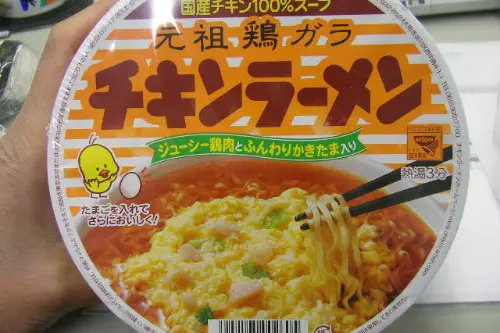
Instant ramen is practically a sodium legend. One packet can hold 1,500–2,000 mg of sodium, and that’s if you don’t drink all the broth. Restaurant versions are fresher but can be just as salty, especially with soy sauce-based broths. The flavor punch comes from a concentrated umami-salt combo that’s hard to replicate.
It’s a cheap, fast, deeply satisfying comfort food, especially for students and night owls. The salt keeps you coming back for more slurps. EU labeling would probably require boldface warnings in multiple languages. In the U.S., it just says “flavor packet inside.”
9. BBQ Ribs
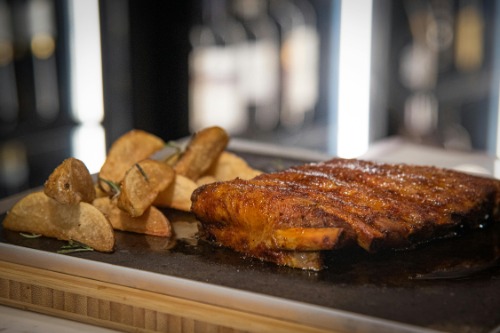
Barbecue ribs are a two-stage sodium situation: the dry rub is salted, and the sauce is even saltier. A half-rack with sauce can easily contain over 1,500 mg of sodium. Smoky, sweet, and tangy, the salt is the glue holding all the flavors together. Without it, the taste would fall flat.
It’s a dish built for celebration, not moderation. American pitmasters pride themselves on balancing salt with smoke. EU officials might suggest halving the rub and sauce quantities, but that would ruin the texture and bark. In Kansas City, that would be culinary blasphemy.
10. Deli Reuben Sandwich

The Reuben is an overachiever in the sodium department. Between the corned beef, Swiss cheese, sauerkraut, and rye bread, you’re looking at 1,500–2,000 mg of sodium per sandwich. Thousand Island dressing adds yet another layer of salty-sweet richness. The tang of the sauerkraut masks just how much salt you’re ingesting.
It’s a New York deli icon with a perfect balance of crunch, tang, and melt. But that harmony comes at a nutritional price. In Europe, this might be regulated like a guilty pleasure. In Manhattan, it’s just lunch.
11. Chili con Carne
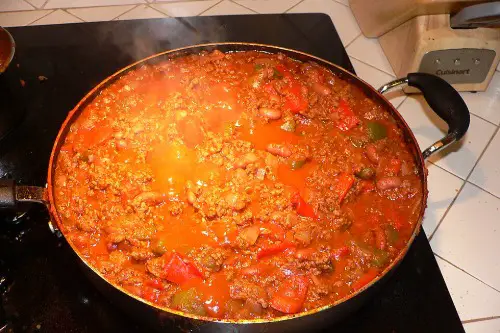
Chili is a sodium sleeper hit — it tastes hearty, but the salt content can be sky-high. Canned tomatoes, beans, and broth all come pre-salted, then you add seasoning and possibly salted meat. A big bowl can easily hit over 1,200 mg of sodium without trying. Toppings like cheese and crackers just add to the tally.
The salt enhances the spicy kick, making the chili taste even richer. It’s a potluck favorite because it holds up well over hours — partly thanks to all that sodium. EU nutrition boards might call it “warming but worrisome.” In Texas, it’s just the state dish.
12. Fried Chicken

Fried chicken recipes often start with a salty brine or buttermilk soak. Then the breading is seasoned generously before frying, and the meat absorbs even more salt during cooking. A three-piece meal can push over 1,500 mg of sodium. That’s before you add sides like mashed potatoes and gravy.
The salt helps create the crispy crust and keeps the meat juicy. It’s a texture and flavor enhancer rolled into one. In the EU, some versions might need reformulation to meet sodium guidelines. In the American South, they’d call that heresy.
13. Mac and Cheese (Boxed and Homemade)
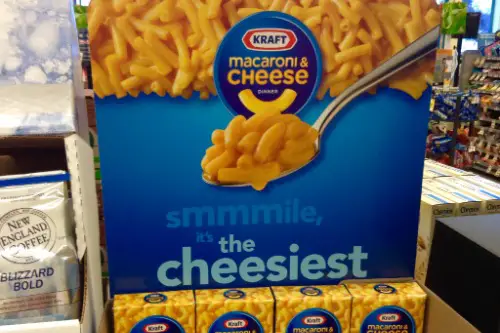
Boxed mac and cheese is notoriously salty thanks to the powdered cheese mix. A cup can have over 900 mg of sodium, and most people eat more than one cup. Homemade versions with aged cheddar can be just as salty, especially if you add bacon or ham. The creaminess hides the briney edge.
It’s kid-friendly, but adults are often the ones making extra batches. The salt amplifies the cheese flavor, making it addictive. EU regulators might insist on low-sodium cheese blends. In America, that’s what we call “ruining dinner.”
14. Hot Dogs

Hot dogs are processed meat cylinders of sodium and nostalgia. One dog can have 500–700 mg of sodium before toppings, and few people stop at one. Add ketchup, mustard, and relish, and you’re well past 1,000 mg. The bun also sneaks in extra salt.
The salt isn’t just for flavor — it’s a preservation method from the early days of sausage-making. That tradition stuck, even with modern refrigeration. EU food authorities have been known to target processed meats for sodium reduction. In the U.S., the only reduction we care about is in price at the ballpark.
15. Meat Lover’s Pizza

Pile pepperoni, sausage, ham, and bacon onto a pizza and you’ve basically built a sodium skyscraper. A single slice can have over 1,000 mg, and most people eat at least two. The salt from the meats mixes with the cheese and sauce, creating a savory overload. It’s delicious but almost daring you to drink a gallon of water afterward.
It’s the apex of indulgent pizza ordering in America. Salt is the common denominator across all those toppings. EU nutritionists would probably shake their heads in unison. In the States, we call it “Friday night.”
This post 15 American Dishes So Salty They’d Be Outlawed in the EU was first published on American Charm.


